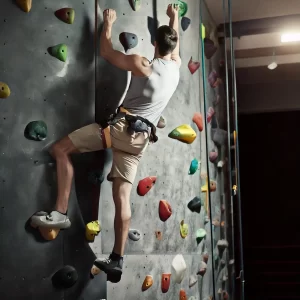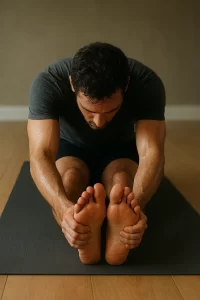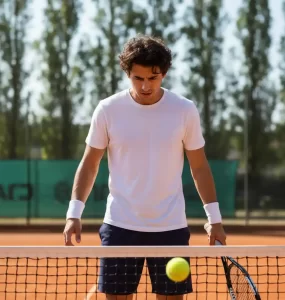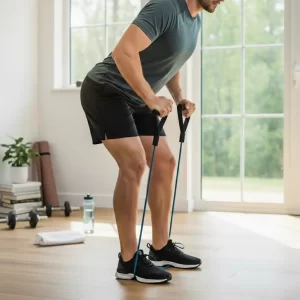START
CLIMBING
Climbing is a fun and challenging way to build strength and endurance. Whether indoors or outdoors, it’s a great hobby for adventure and fitness.
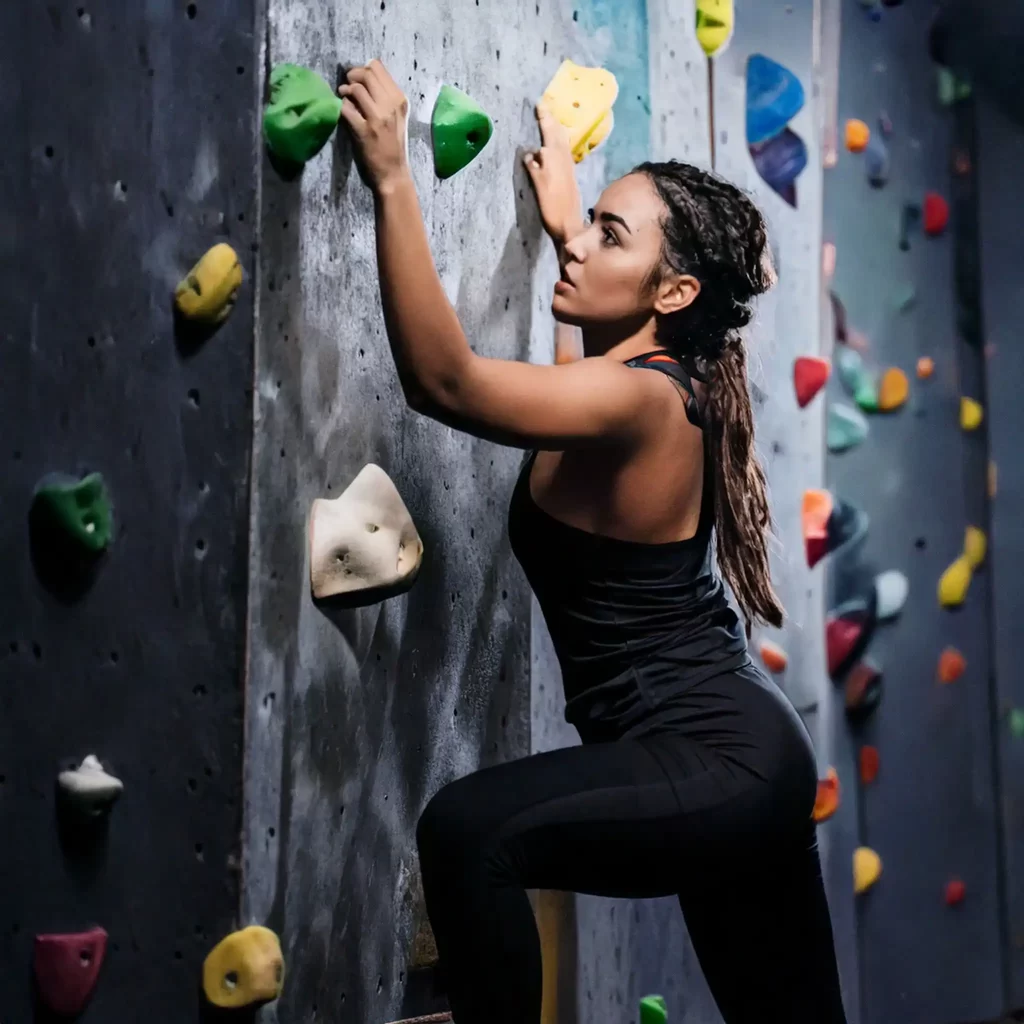
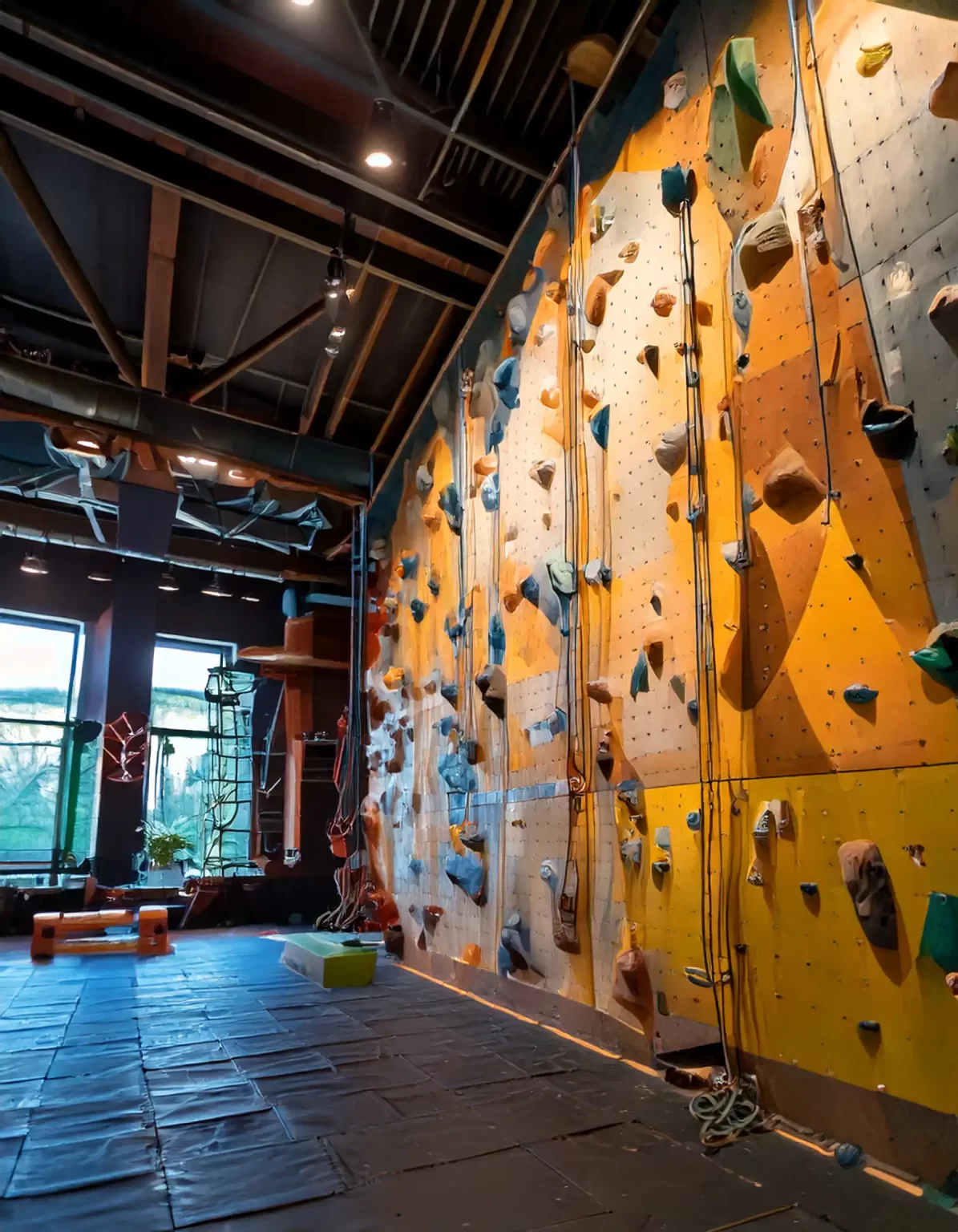
TIPS TO START
- Start with the Basics
Before attempting advanced climbs, it’s important to build a solid foundation. Begin with easy routes, focusing on fundamental techniques like proper foot placement, balance, and grip strength. Learning the basics will help you progress safely and efficiently. - Set Realistic Goals
Start by climbing shorter, easier routes and gradually work your way up. Progress at your own pace and celebrate small improvements, such as completing a new route or improving endurance. - Warm Up Properly
Warming up before climbing helps prepare your muscles and reduces the risk of injury. A good warm-up can include light cardio, dynamic stretches, and grip activation exercises. - Focus on Technique
Proper technique is crucial in climbing. Instead of relying solely on upper-body strength, learn to use your legs for support and maintain efficient movement. - Try Different Climbing Styles
Experiment with bouldering, top-rope climbing, or lead climbing to challenge yourself in new ways. - Rest and Recover
Recovery is just as important as training. Give your body time to rest between sessions to avoid overuse injuries.
BASIC EQUIPMENT
If you’re new to climbing, there’s no need to buy all the gear upfront. Most indoor climbing gyms provide rental equipment, making it easy to try the sport before investing in your own gear.
- Climbing shoes – Designed for grip and precision on holds.
- Harness – Necessary for roped climbing to keep you secured.
- Belay device & carabiner – Provided if you’re belaying another climber.
- Chalk & chalk bag – Sometimes available, but bringing your own is common.
- Rope – Indoor routes typically have pre-set ropes.
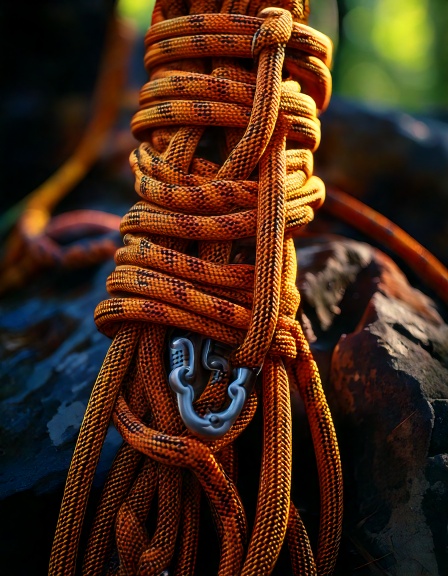
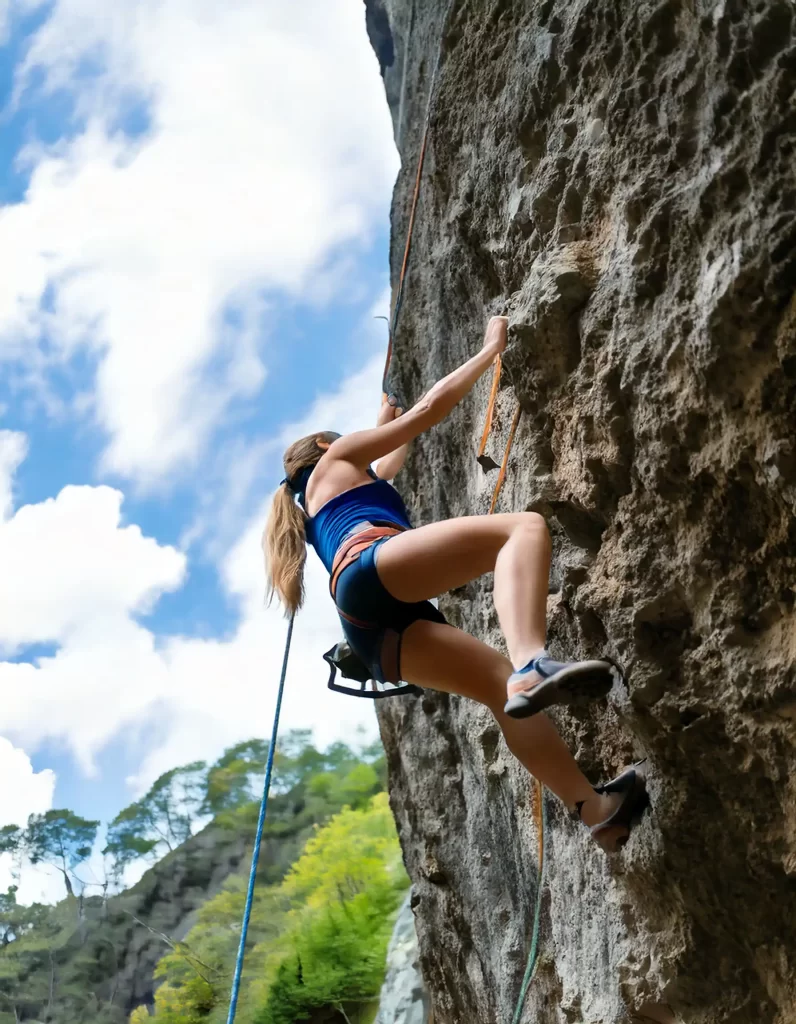
MAIN MUSCLES
Climbing is a full-body workout that engages multiple muscle groups, improving strength, endurance, and coordination.
- Forearms & Grip Strength – Essential for holding onto holds and maintaining control.
- Biceps & Triceps – Used for pulling movements on overhangs and walls.
- Shoulders & Upper Back – Crucial for reaching holds and stability.
- Abdominals & Obliques – Maintain body tension and prevent swinging.
- Quadriceps & Hamstrings – Support upward pushes and footholds.
- Calves & Ankles – Balance and small foothold precision.
COMMON INJURIES
Most injuries in climbing result from overuse, poor technique, or sudden falls.
- Finger Strains & Tendon Injuries
Cause: Over-gripping or sudden force on small holds.
Prevention: Warm up fingers, use open-hand grips. - Elbow Tendonitis
Cause: Repetitive pulling motions.
Prevention: Strengthen forearms, stretch regularly. - Shoulder Strains & Rotator Cuff Injuries
Cause: Overreaching or poor mobility.
Prevention: Rotator cuff exercises, engage core. - Knee & Ankle Twists
Cause: Poor foot placement or aggressive landings.
Prevention: Controlled movements, soft landings. - Skin Tears & Flappers
Cause: Excessive friction or dry hands.
Prevention: Skin care, sand calluses, use chalk sparingly.
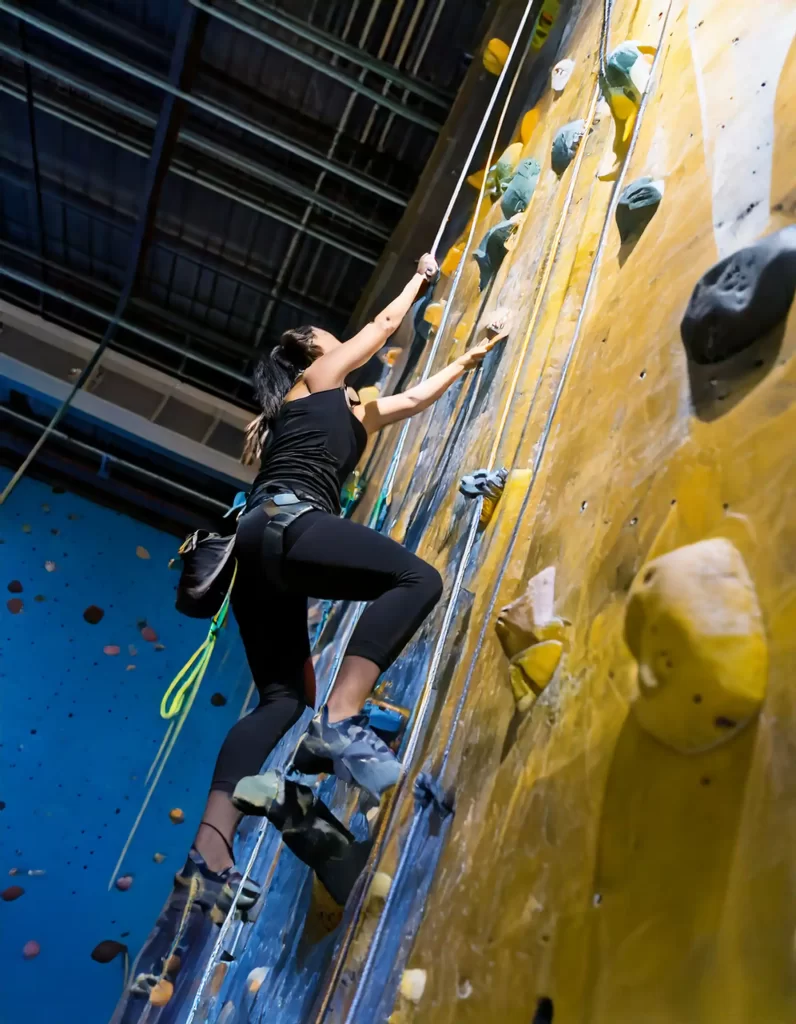
Start Climbing as a Hobby: A Beginner’s Guide
If you’re looking for a new and exciting way to stay active, climbing might be the perfect hobby for you. Whether it’s indoor climbing at a gym or outdoor rock climbing, this sport is an incredible full-body workout that also challenges your mind. To help beginners get started, we’ve created…
Read more →
Night Running Safety Guide: Essential Gear & Tips for Winter
Winter is here, and with it comes shorter days and longer nights. For many of us with 9-to-5 jobs, that often means our only time to exercise is when the sun is down. Running at night can be incredibly peaceful—the streets are quieter, and the air is crisp—but it does…
Read more →
How to Choose Sports Shoes
When starting a new sport, one of the main issues you face is buying gear—especially the footwear. Walking into a sports store and staring at a wall of 500 different shoes that all look exactly the same but cost wildly different prices can cause serious confusion and anxiety. However, if…
Read more →
How Temperature Affects Your Flexibility
I bet you have heard about hot yoga, a huge trend that has been aroynd for years, promising deeper stretches and greater flexibility thanks to those super-heated rooms. But does increasing the temperature actually lead to better, long-term flexibility gains? Let’s examine how the science to see how different room…
Read more →
The Mental Game: A Beginner’s Guide to Handling Frustration
So, you’ve started playing tennis. You’ve probably realized by now that the ads showing smiling people hitting perfect, effortless shots are misleading. The reality is much closer to clips of top players smashing their rackets in frustration. You’re beginning to understand why—this sport involves a lot of swinging and missing,…
Read more →
Running Is Simple. The Internet Is Not.
You’ve decided to start running. Maybe you’ve seen the relentless online enthusiasm for its life-changing benefits, or perhaps you were inspired watching people crush races, from a local 5K to a full-blown Marathon. You wanted a piece of that feeling, so you laced up your shoes and hit the road.…
Read more →
The 10-Minute Strength Solution: Short Workouts for Beginners
When you think about starting strength training, the first image that might come to mind is spending hours in a gym surrounded by heavy weights and complicated machines. For beginners, that picture can feel overwhelming and a little discouraging. The truth is, you don’t need long, exhausting workouts to see…
Read more →
